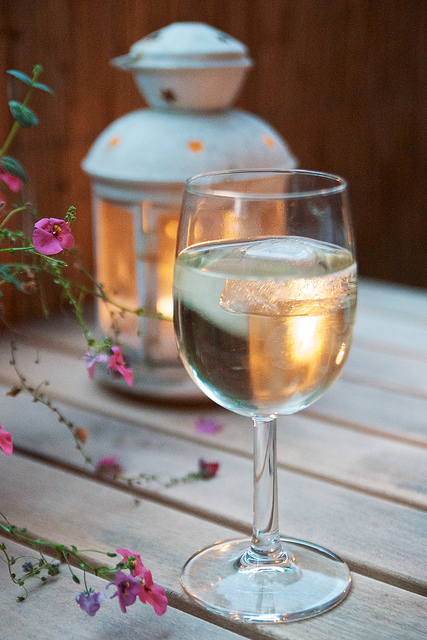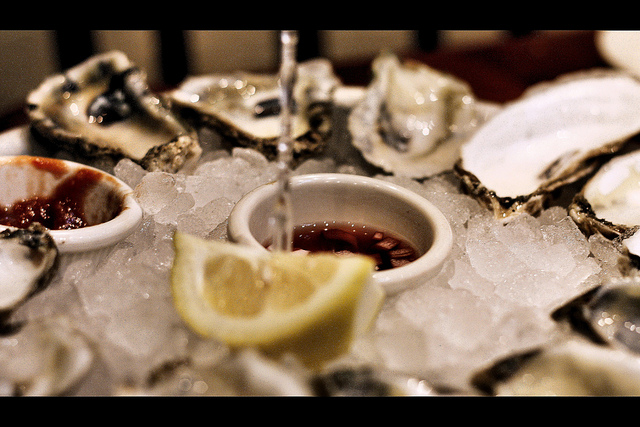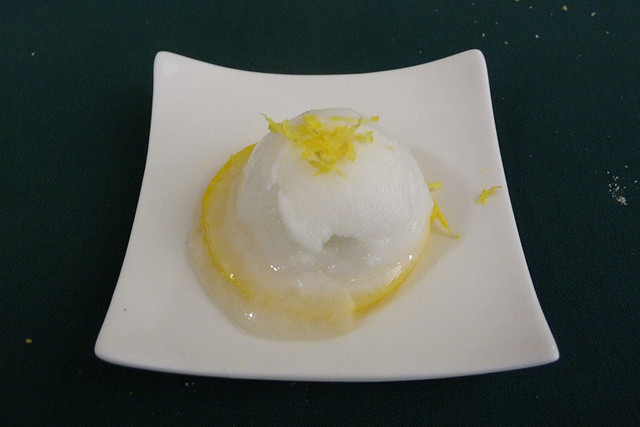Sumptuous Holiday Cooking with White Wine

Cooking with white wine will absolutely change the way you enjoy the holidays. Time to wine up!
White wine has the unique ability to balance acidity and intensify the flavour of food. While fortified wines have their own role to play, simple styles like the classic pinot gris make a versatile ingredient in cooking, whether that’s deglazing, marinating or just adding a little extra oomph to a simple sauce.
Tips on Cooking with White Wine
The most versatile style of white wine to cook with is a crisp, dry style. Rich, heavily-oaked whites can turn out bitter during the cooking process, while sweet white wine may caramelise during deglazing.
Instead of sautéing veggies in butter or oil, begin with a little butter, then add half a glass of white wine for flavour and moisture.
An expensive white wine is not necessary, but don’t go too cheap. Cook only with wine you enjoy drinking: a cheap wine will impart rough flavours to a dish.
Never buy a wine labeled “cooking wine”. In some countries, they already contain salt and other additives; all over the world, they’re rough on the palate.
If you are a novice at cooking with white wine you can start out simple: add a splash to a sauce when you’re condensing it down, or try stewing red fruits with white wine and honey or demerara sugar.
For whites that won’t overpower the flavours you’re playing with, look for a crisp, clean white wine like Pinot Grigio, Sauvignon Blanc, Classic pinot gris or unoaked Chardonnay. Choose a wine that has a moderate alcohol content, ideally between 10 and 13 percent, and generous acidity. Fortified wines lack the acidity that adds brightness.
Pinot Grigio is the most versatile and neutral of whites, particularly delicious in seafood dishes or rich cream sauces. Chardonnay is the richest, great for adding extra body to gravy, for example.
You can also explore the unique flavours of fortified wines. Marsala has a sweet, oaky richness that works perfectly in the classic Marsala sauce – that’s good with veal, chicken, or especially game. It also stars in desserts such as the Italian classic, zabaglione.
Madeira is a Portuguese fortified wine from the islands of Madeira. Used it in a sauce for classic Beef Wellington, and as a savory addition to gravy. You can also substitute it in recipes that require sweet sherry.
Sherry, a range of fortified wines from Jerez, Spain, come in flavours from sweet, raisiny P/X through to crisp, dry finos. Manzanilla styles go flawlessly with raw oysters; P/X makes an indulgent dessert wine and is also a great ingredient in creamy desserts. Be sure you know which kind of sherry is required before you start.
Cooking with sparkling wine might seem counter-intuitive, not least because the bubbles disappear when cooked, but a fizzy brut makes a great substitute for a still dry white in a beurre blanc. Champagne sorbet makes a light but decadent dessert – and you can substitute other wines of your choice in the recipe below. (Do note that, with fortified wines, you will need to boil off a little of the alcohol to enable it to set.)
Champagne Sorbet Recipe
225g Granulated sugar
Juice of 1 lemon
300ml Champagne (or sparkling brut)
Edible gold leaf to decorate
Measure the sugar into a pan with 500ml cold water, bring to the boil and stir until sugar dissolves. Simmer gently for 10 minutes, then remove from the heat and cool. Add the champagne and lemon juice and stir well. Pour everything into an ice-cream maker and churn until it’s semi-frozen, then leave it in a freezer container to set overnight – it’s always going to have a loose texture, never rock-hard, because of the alcohol content in the fizz. Serve in little glasses with gold leaf decoration.
Don’t have an ice-cream maker? Just freeze the mixture for 8 hours, but whisk with a fork every hour or two to break up the crystals.
Words: Norman Verger
Images: Sorbet by Rex Roof, Calm Down by André Hofmeister and Oysters by Phil Roeder. All on Flickr’s Creative Commons.

